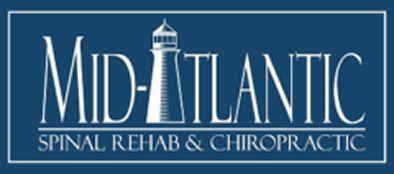Physical therapy, also known as physiotherapy, is a healthcare profession that focuses on helping people recover from injuries, illnesses, or disabilities that affect their physical abilities. Physical therapists use a variety of techniques to help their patients restore function, mobility, and independence, and to prevent further injury or disability. Bowie, MD physical therapy can be used to treat a wide range of conditions, including musculoskeletal injuries, neurological disorders, cardiovascular disease, respiratory problems, and chronic pain. It is often prescribed as part of a comprehensive treatment plan that may also include medication, surgery, or other forms of medical intervention.
Goals of Physical Therapy
The goals of physical therapy may vary depending on the specific needs of each patient but generally involve improving mobility, strength, flexibility, balance, and coordination. Physical therapists may use a variety of techniques and modalities to achieve these goals, such as exercise, manual therapy, electrotherapy, and hydrotherapy. Exercise is one of the most common forms of physical therapy and may include stretching, strengthening, and conditioning exercises to improve mobility and function. Manual therapy, such as massage or joint mobilization, may also be used to reduce pain, inflammation, and muscle tension. Electrotherapy, such as ultrasound or electrical stimulation, uses electrical energy to stimulate nerves and muscles and can be helpful for pain relief, tissue healing, and muscle re-education. Hydrotherapy, such as pool therapy, uses water resistance and buoyancy to reduce stress on the joints and facilitate movement and strength training.
Who Performs Physical Therapy?
Physical therapy is typically provided by licensed physical therapists, who have completed a doctoral or master’s degree in physical therapy and passed a national licensure exam. Physical therapists may work in a variety of settings, including hospitals, clinics, rehabilitation centers, schools, and nursing homes. One of the key benefits of physical therapy is its ability to help patients avoid or delay the need for surgery or other invasive treatments. For example, physical therapy can be used to treat conditions such as knee osteoarthritis, rotator cuff injuries, and lower back pain, which are often treated with surgery but may be effectively managed with physical therapy.
How Physical Therapy Helps
Physical therapy can also help patients manage chronic conditions, such as Parkinson’s disease, multiple sclerosis, or chronic obstructive pulmonary disease, which may limit their ability to perform daily activities. Physical therapists can develop personalized exercise programs to help these patients maintain strength, flexibility, and independence. Physical therapy can be a highly effective form of treatment, but it is not without risks or potential side effects. Patients with certain conditions, such as fractures, deep vein thrombosis, or acute infections, may not be suitable for physical therapy or may require special precautions. Some of the possible side effects of physical therapy may include soreness, fatigue, and swelling.
Professional Help
To Summarize, physical therapy is a healthcare profession that focuses on helping people recover from injuries, illnesses, or disabilities that affect their physical abilities. Physical therapists use a variety of techniques to help their patients restore function, mobility, and independence, and to prevent further injury or disability. Physical therapy can be used to treat a wide range of conditions and is often prescribed as part of a comprehensive treatment plan. Physical therapists from a clinic like Mid Atlantic Spinal Rehab & Chiropractic are licensed healthcare professionals who have completed extensive education and training to provide safe and effective care to their patients.
